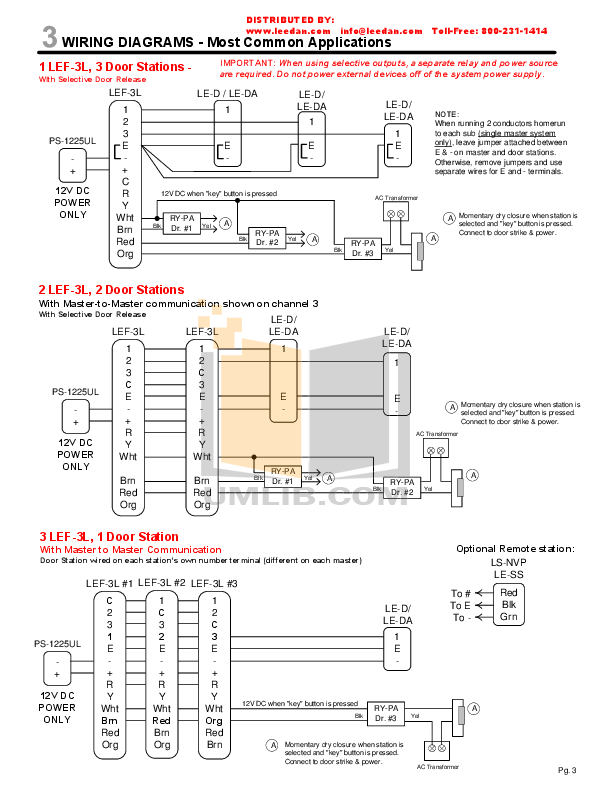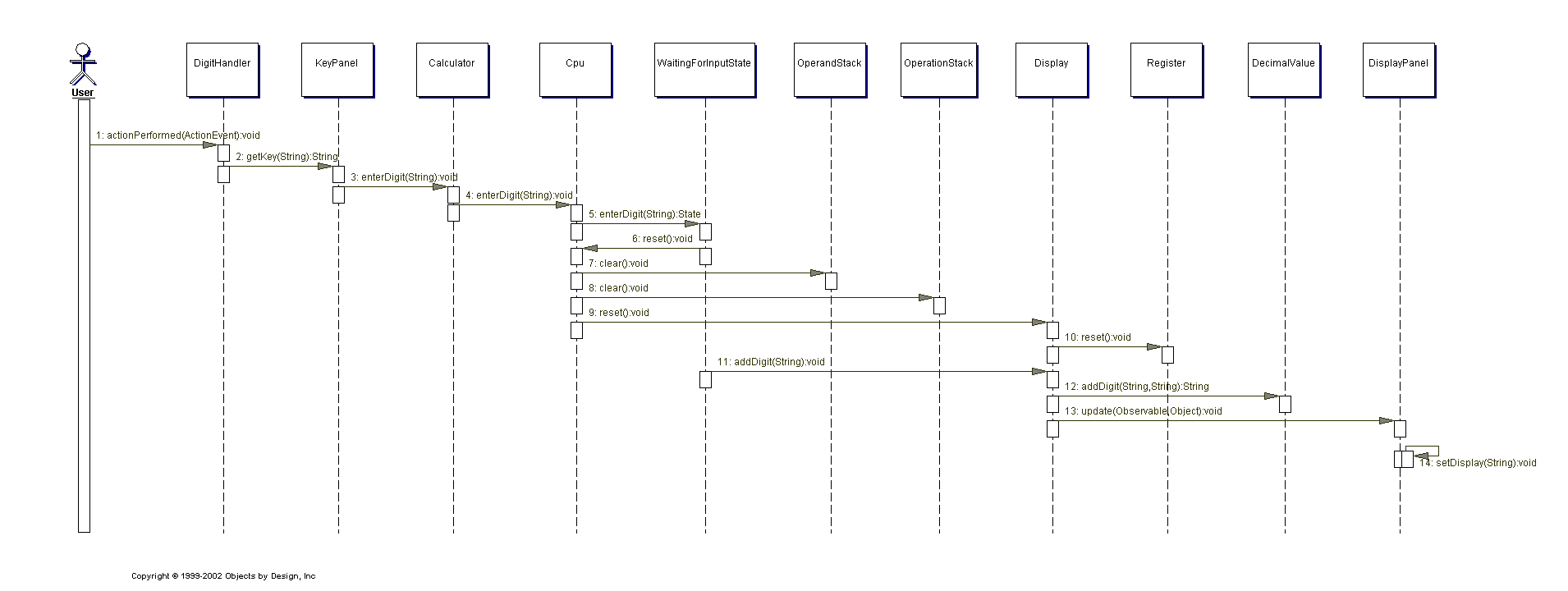

The design pattern here is to evaluate which parts of the system are likely to change and to isolate those parts in new actors with carefully crafted interfaces. The second program attempts to separate concerns: the new actor LCL_MAIN exposes the business logic as a service requested by sending a START( ) message. The first diagram reveals the logic: GET_DATA( ) selects some business data, and then DISPLAY( ) implements the output / user interface. Let us compare two diagrams generated for reports from the thread Classical way to ABAP OO style of coding with the same functionality. This knowledge creates dependencies between the two and these dependencies stand in the way of change Sandi Metz says that each message requires that the sender know things about the receiver.

compared with this SCN thread OO Analysis) before the system is built.
#Sequence diagram generation code#
Design-Time Sequence DiagramsĪt design time, sequence diagrams are usually created manually before the code is implemented to visualize collaboration aspects of the desired system actors. Design time sequence diagrams accelerate the discussion on stable interfaces (e.g. This feature was never fully delivered according to SAP OSS Note 1744063: development for this function has not yet finished and therefore contains some serious errors including program terminations. Start transaction SAT -> Evaluate -> Double Click on a measurement on the next screen press F8 (Display measurement as UML sequence diagram).Ī sequence diagram will be displayed if the JNet OCX component is installed (e.g. Since SAP Netweaver 7.02, an UML sequence diagram can be generated if the measurement was recorded without aggregation. Measurements can be imported from other SAP systems using either download/upload or RFC. Transaction SAT profiles an ABAP program execution and provides analysis tools for performance, program flow and memory consumption. The link is not accessible and I believe a blog is a stable location for this document. This content was first published 2014 as a SAP wiki. IntroductionĬode is available at github: Create UML Class and Sequence Diagrams from ABAP Code Local installation of PlantUML is recommended but not mandatory as a web service is available. The sequence diagram output in PlantUML Format is editable plain text.

Loop compaction produces smaller diagrams Some shortcomings of the SAP standard sequence diagram generation from ABAP run-time measurements are addressed:Ī secondary internal table index speeds up parsingĪ custom filter displays calls from standard to custom code


 0 kommentar(er)
0 kommentar(er)
